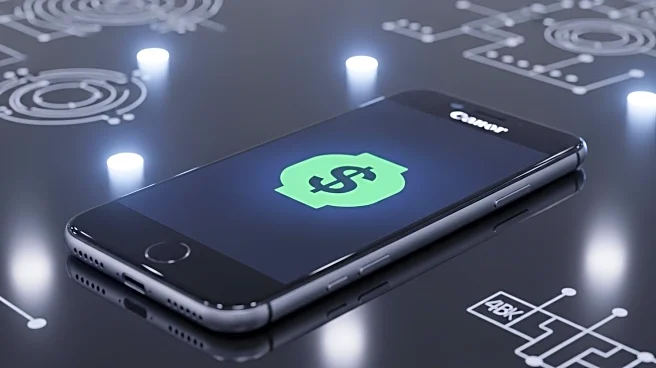What's Happening?
Uber has launched a pilot program allowing riders to pay with cash in select cities, including Los Angeles and San Diego. This initiative aims to make Uber's services more accessible to individuals who may not have access to bank accounts or credit cards. The cash payment option is available to riders with verified Uber accounts and can be selected when booking a trip. If a rider does not have enough cash to cover the fare, the remaining balance must be paid through the app before another ride can be requested. Additionally, if a driver cannot provide change, the difference will be credited to the rider's account as Uber Cash. Drivers have the option to decline cash rides, and Uber advises them not to engage in disputes over fares, promising to cover any shortfall if a rider underpays.
Why It's Important?
The introduction of a cash payment option by Uber is significant as it addresses the needs of a segment of the population that may be underserved by traditional banking systems. By allowing cash payments, Uber is potentially expanding its customer base to include individuals who prefer or are limited to cash transactions. This move could enhance Uber's market penetration in areas with lower banking penetration or among demographics that prefer cash. It also reflects a broader trend in the gig economy to adapt to diverse consumer needs, potentially setting a precedent for other ride-hailing and service platforms. The initiative could lead to increased ridership and revenue for Uber, while also providing more flexibility and earning opportunities for drivers.
What's Next?
As the pilot program progresses, Uber will likely assess its success and consider expanding the cash payment option to additional cities. The company will monitor rider and driver feedback to refine the process and address any operational challenges. Stakeholders, including drivers and riders, may express varying opinions on the cash option, influencing Uber's future decisions. Additionally, the program's impact on Uber's financial performance and customer satisfaction will be closely watched by investors and industry analysts. If successful, this initiative could prompt other ride-hailing companies to explore similar payment options, potentially reshaping payment practices in the industry.












